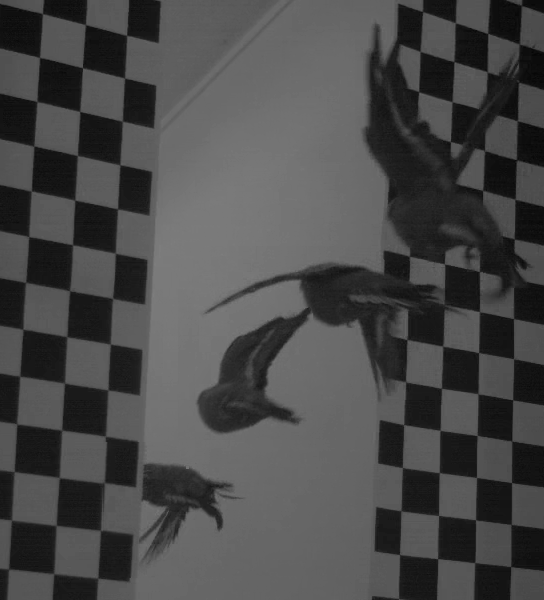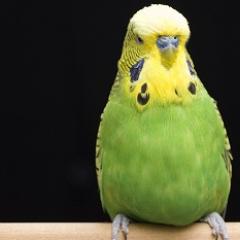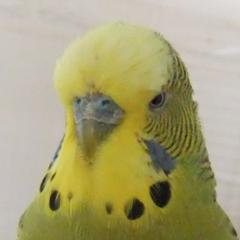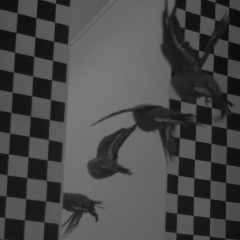
Birds have been found to plan their journeys ahead of time, making decisions in advance to manoeuvre around obstacles without adjusting speed.
The research from the Queensland Brain Institute has implications for unmanned aircraft navigation systems.
Birds pre-plan their flights
Dr Ingo Schiffner and Hong Vo from QBI’s Visual and Sensory Neuroscience Laboratory said the team filmed and analysed budgerigars as they flew through narrow gaps of various widths.
“We’ve previously found that when birds pass through a gap that is narrower than their own wingspan, they interrupt their wing beat cycle by raising their wings, or tucking them against the body, to very precisely reduce their width, and avoid collision,” Ms Vo said.
“Now, through 3D reconstruction, we’re able to show that the budgerigars were in fact gauging the width of the tunnel from about 1.4 metres away.
“At that point, they gained altitude to pre-compensate for the momentary loss of altitude during the interruption of the wing beat cycle.
“This is first proof that the birds are pre-planning their flights and can estimate the width of an incoming opening from far away. Interestingly, the birds maintained a constant speed regardless of whether wing closure was necessary,” Ms Vo said.
In a separate study birds flew through a gradually tapering tunnel.
“The birds did not react to the change in width by gradually reducing their speed, but instead instantly switched between two pre-set speeds, a low manoeuvring and a high cruising speed,” Dr Schiffner said.
Both studies support the idea that birds, unlike humans, stick to pre-set speeds in the face of incoming obstacles.
“Birds don’t seem to use optic flow - that is the apparent motion of the surrounding visual scenery – to regulate their speed,” Dr Schiffner said.
“This potentially explains their superior ability to avoid obstacles and use visual landmarks for navigation.”
Research has drone applications
“As we edge closer towards fully autonomous aircraft that can fly without human interference, understanding how birds guide their flight through cluttered environments will be key to designing new guidance systems,” Dr Schiffner said.
“Current bio-inspired guidance systems for unmanned aerial vehicles are based on research on insects. With an increased understanding of guidance laws in birds, we will soon be able to design systems which are fundamentally different.”
The research is published in Biology Letters and Scientific Reports.
Media: QBI Communications, communications@qbi.uq.edu.au.






